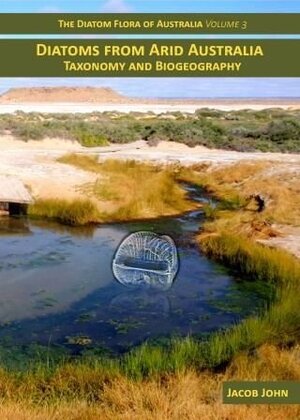
×
![Buchcover ISBN 9783946583257]()
This volume deals with diatoms and their distribution patterns in the arid and semi-arid regions of Australia, almost 70 % of the land area of Australia. With annual rainfall of around 350 mm or less and evaporation of 2400-4000 mm, the climate offers severe stressful conditions for aquatic organisms. Salinity and acidity add to the environmental stresses. However, diatoms display amazingly varied adaptability to meet the challenges in stressful but varied environments. Diatom studies undertaken over the past 30 years are described with associated environmental parameters. The Project covers the following habitats and more: Salt Lakes of Western Australia, Rock outfalls (Inselbergs) of Arid Western Australia and Central Australia. Pilbara Fortescue River systems, Acidic saline systems and Gypsum Lakes of Salmon gums, Mound Springs of northern South Australia, Heart of Australia - Uluru springs Gorges of MacDonnell Ranges East and West, Finke River - the world’s oldest River system and Palm Valley, Lake Eyre and river systems east and west of Lake Eyre. An internally draining Salt lake Lake Eyre and the world’s largest underground water system( The Great Artesian Basin) make the desert country of Arid Australia very unique.
For the first time, the Diatom Flora of Arid Australia is described and illustrated with Light and Electron microscopy. Some 400 taxa belonging to 90 genera are treated with information on geographical distribution based on collections made over the past 30 years. Highest taxa numbers are represented by Nitzschia (34), Stauroneis (26), Pinnularia (24), Navicula (22), Gomphonema (19), Amphora & Halamphora (17), and Craticula (12) .
There are three genera new to science and several new taxa, previously not reported for Australia. Only 35% of the diatoms can be considered of freshwater environment. The rest are tolerant to high conductivity, estuarine, saline or marine. The diatoms in Arid Australia appeared to have evolved life-cycle strategies to adapt to prolonged drought, high temperature, and floods.
Since European colonisation, drastic changes have occurred to the aquatic systems of Arid Australia. The diatoms tend to reflect the trend.


